In this beginner’s guide, I’ll walk you through what email marketing is, why it works so well, and how you can start your very first email marketing campaign, even if you’re starting from scratch.
I’m Syed Balkhi, one of the co-founders of OptinMonster. Over 1.2 million small businesses use our tools to grow their email lists and turn visitors into subscribers and customers. Over the years, I’ve helped businesses of all sizes use email marketing to build relationships, drive sales, and grow sustainably.
This guide is based on real-world experience and it’s designed to help beginners get started with confidence.
Table of Content:
What Is Email Marketing?
Email marketing is the practice of sending emails to people who have signed up to receive them, also known as subscribers, to achieve business goals.
The word “subscribers” is important because it means these people have given permission to receive emails by signing up or opting in. Email marketing is not about sending random messages. It is used to promote products or services, share updates, build trust with customers, and encourage sales.
Going deeper…
The competitive landscape and cost of email marketing mean you need to be thoughtful about your email marketing strategy. This will actually benefit your customers and, therefore, your business.
Learn more about how to form your email marketing strategy.
Email is still one of the most cost-effective and reliable marketing channels. Here’s why:
- Unmatched ROI: On average, email delivers $42 for every $1 spent (Source: Litmus, 2024).
- Preferred channel: 72% of consumers prefer to get brand promotions by email (Source: MarketingSherpa, 2023).
- High engagement: Typical open rates range from 15–25% depending on the industry (Source: Campaign Monitor, 2024).
- Scalable personalization: Segmentation and automation let you deliver the right message at the right time (Source: HubSpot, 2024).
When NOT to Use Email
Email is powerful, but it’s not always the right channel. Knowing when not to use it builds trust:
- Transactional vs. marketing: Order confirmations and password resets should stay purely transactional. Don’t slip in promotions.
- Consent boundaries: Only email people who opted in. Purchased or scraped lists damage trust and deliverability.
- Legal compliance: Laws like GDPR and CAN-SPAM require consent, a sender address, and one-click unsubscribe.
How to Do Email Marketing in 5 Steps
Before you can send a single campaign, there’s one non-negotiable prerequisite: you need a list of engaged, permission-based subscribers. Without it, there is no email marketing.
That’s where OptinMonster comes in. Our platform makes list-building simple — and powerful.
1. Exit-intent popups that capture abandoning visitors before they leave.
2. Floating bars that sit unobtrusively at the top or bottom of your site.
3. Spin-to-win gamified offers that boost engagement and conversions.
4. Advanced targeting & personalization to show the right offer to the right visitor.
Callout example: Imagine someone lands on your blog for the first time. Instead of bouncing, they see a personalized offer to download your free guide. They enter their email, and just like that — a casual visitor becomes a subscriber you can nurture and convert.
We built the tool we needed to grow an email marketing list the right way. Try OptinMonster today see for yourself!
Now that you’ve got your list-building foundation in place, it’s time to actually do email marketing. Here’s the step-by-step process:
Step 1: Define Your Goals
Before you spend money on an email marketing tool or type out that first email, you must identify your goals. Ask yourself:
- What do I want these subscribers to ultimately do after joining my list?
- What will convince them to join your list?
- What will you share on a regular basis to keep them interested?
- What will convince them to buy what you’re selling?
To write effective marketing emails, you need to know who you’re talking to. Are you reaching out to loyal customers or trying to win over new prospects? Understanding your audience’s age, location, interests, and buying habits will affect how you approach them in your messages. Once you know your target audience, tailor your message to them.
With these goals in mind, you can choose the tools you’ll use to implement your strategy.
Step 2: Choose an Email Service Provider
An ESP or email service provider will provide the tools you need to create, send, and manage email campaigns to your audience. Choosing the right email marketing software with the features you need can keep costs manageable.
I’ll go over some cost-effective options for email marketing software below:
Constant Contact
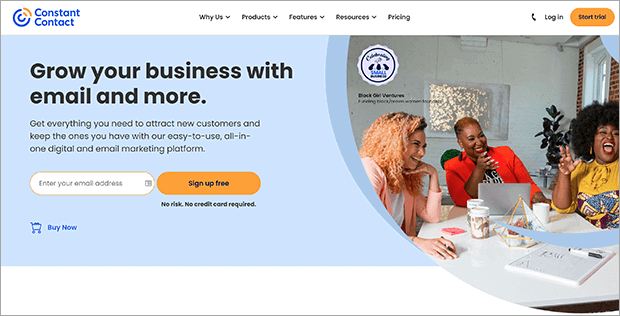
Best for: I think it’s the best email service provider for small businesses.
Constant Contact’s user-friendly and powerful features help small businesses engage their audience with easy to use templates and automations.
Check out our full Constant Contact review or our tutorial for building a Constant Contact email form.
Brevo
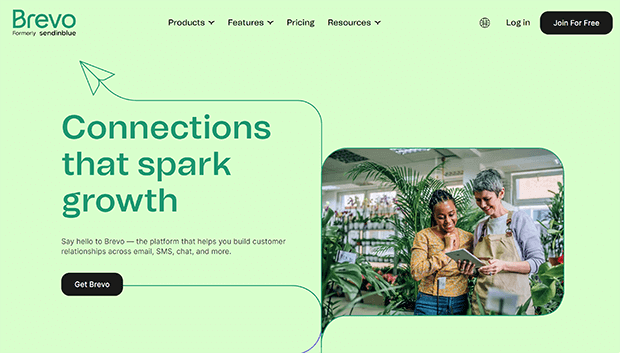
Best for: I think it’s the best marketing automation creator for small businesses.
Brevo, formerly known as Sendinblue, is a versatile email service provider offers an all-in-one solution for small businesses. With Brevo, you can create beautiful email and SMS campaigns. Not every email platform offers SMS, so if text marketing is something you’re interested exploring, Brevo would be a good option.
Read our Brevo review for more details and learn how to create a Brevo (Sendinblue) popup.
Hubspot
Best for: I think it’s the best email service provider for B2B businesses.
Hubspot offers a comprehensive suite of marketing tools to help small businesses grow their audience and drive conversions. Hubspot’s CRM is also integrated with their email marketing service. This makes Hubspot a great choice for B2B and service-based businesses that have a longer sales process.
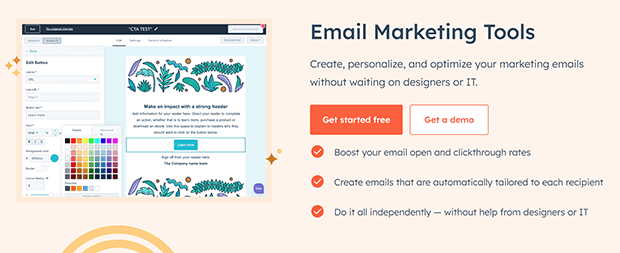
See the full Hubspot review to decide if Hubspot is right for you. If it is, we have a tutorial for how to add a Hubspot popup and other signup forms.
Omnisend
Best for: I think it’s the best multichannel marketing for small businesses.
Omnisend understands the needs of eCommerce businesses uniquely. Omnisend helps you create email campaigns, push notifications, and SMS messages that drive sales.
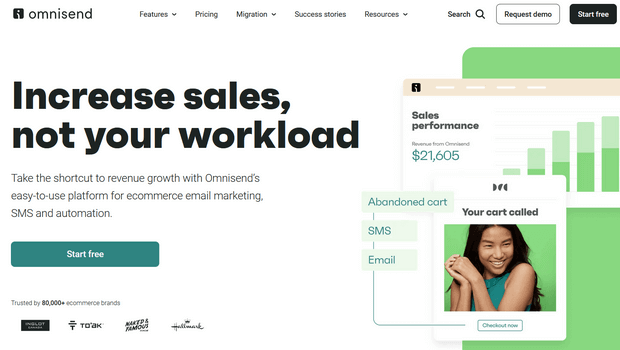
Drip
Best for: I think it’s the best email service provider for eCommerce store owners.
Drip was designed for eCommerce with advanced automation features that allow you to personalize your customer purchase journeys.
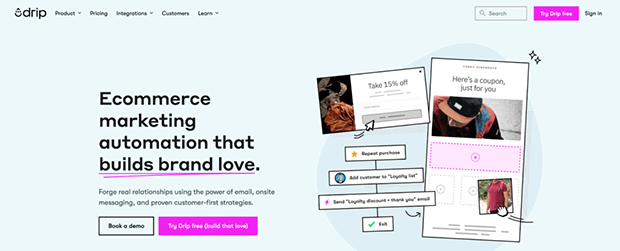
Read our full review of Drip and learn how to add an eye-catching Drip popup.
ConvertKit
Best for: I think it’s the best email service provider for bloggers and digital content creators.
Built specifically for bloggers and creatives, ConvertKit makes it easy to build and nurture your audience. With its intuitive interface and powerful automation capabilities, ConvertKit helps you deliver the right message to the right people at the right time. You can even use ConvertKit to sell simple digital products straight from the ESP dashboard.
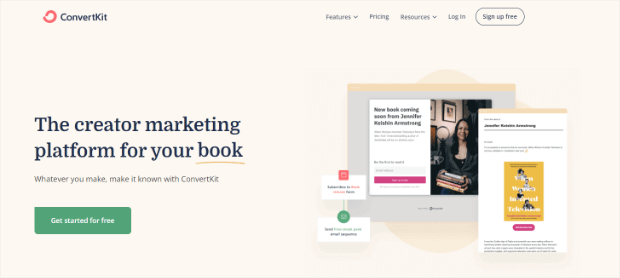
For more details, check out our ConvertKit review and see how easy it is to create a ConvertKit popup form.
MailerLite
Best for: I think it’s the best free email service provider for small businesses, bloggers, and startups on a budget.
MailerLite is a user-friendly email service provider helps small businesses start using email marketing fast. They have a generous free plan and their paid upgrades are affordable.
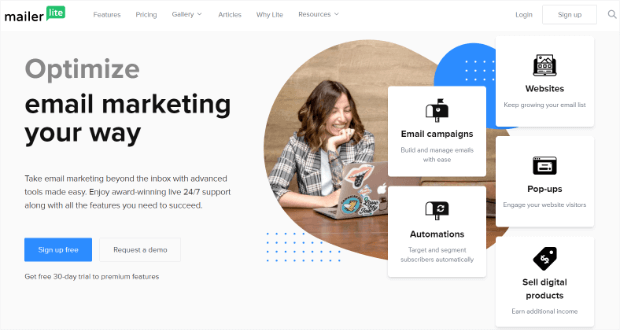
Mailchimp
Best for: It’s the most popular email service provider, best for almost all types of businesses and content creators.
Mailchimp has been a go-to email service provider for small businesses for years. Mailchimp allows you to create email campaigns, automate your marketing efforts, and analyze your results.
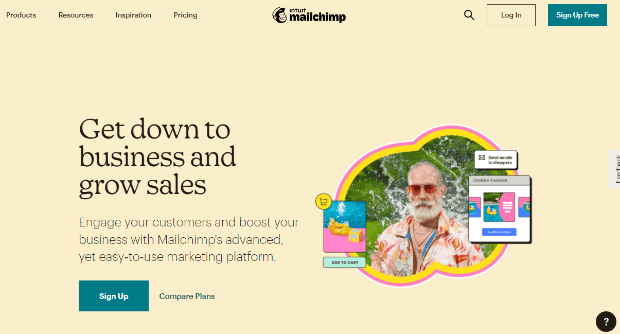
Explore our in-depth Mailchimp review or learn how to create a MailChimp popup.
Going Deeper…
This article provides a high-level overview of our favorite email marketing services. When you’re ready to learn more or choose the one that’s right for you, you’ll want to check out our in-depth reviews of the best email marketing service providers.
Read our in-depth reviews of the most popular email service providers for small businesses.
Step 3: Select the Type of Email Marketing Campaign To Send
Every email marketing service provider comes with an email editor you can use to send emails to your subscribers. I’ve outlined seven types of email marketing campaigns you can send below. I use all of these throughout my businesses.
I’ve also included links to more in depth examples of each type of email marketing campaign in case you want to dive deep.
Welcome Emails
Send welcome emails to new subscribers or customers as soon as they join your list. Use these emails to introduce your business and thank the reader for engaging with your brand. All this helps begin the relationship with your brand on a positive note.
This is an example of the first few paragraphs of the welcome email we send ourselves here at OptinMonster:

It includes a personal welcome from my co-founder, Thomas Griffin. It also includes links to documentation and directions for how to reach support. Likewise, your Welcome email should include the most important next steps a new subscriber should take after joining your list.
To learn more about how to write the perfect welcome email, check out the video below.
Newsletter Emails
Newsletter emails are regular communications sent to subscribers. Newsletter contain news, updates, tips, promotions, or curated information related to your business or industry. The goal of an email newsletter is to keep your audience engaged.

Here are some newsletter ideas you can use for your own list.
Lead Nurturing Emails
Lead nurturing emails are sent to potential customers who have shown interest in your offer, but haven’t bought yet. The goal is to build trust, educate, and overcome objections. Ultimately, you want to guide leads towards making a purchase decision.

Learn how to nurture leads with an email marketing funnel.
Promotional Emails
Promotional emails highlight new products, sales, or special events from your business. They create a sense of urgency and encourage recipients to take advantage of the promotion. You can send these one campaign at a time or automate a whole series of promotional emails.
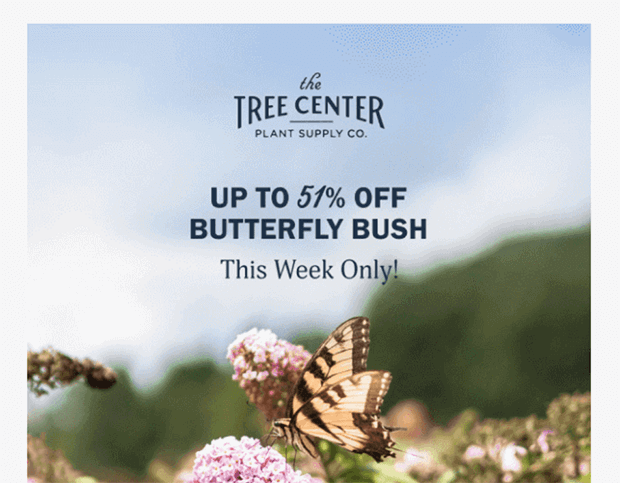
Check out these promotional email examples if you need some ideas.
Seasonal Marketing Emails
Seasonal marketing emails include special offers, promotions, or content tailored to a holiday or season. The aim is to use the festive spirit to increase urgency and engagement.
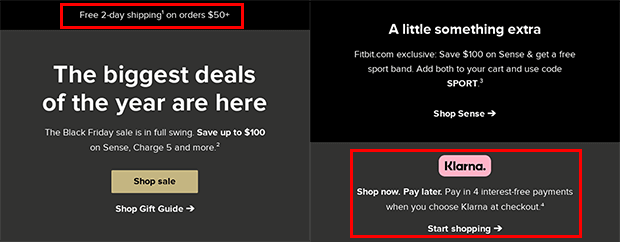
Take a look at these seasonal marketing emails for Black Friday, Halloween, or Mother’s Day.
Transactional Emails
Specific actions or events trigger transactional emails. Customers might receive transactional emails for account updates, shipping notifications, or password resets. They provide information related to the transaction and ensure a smooth customer experience.
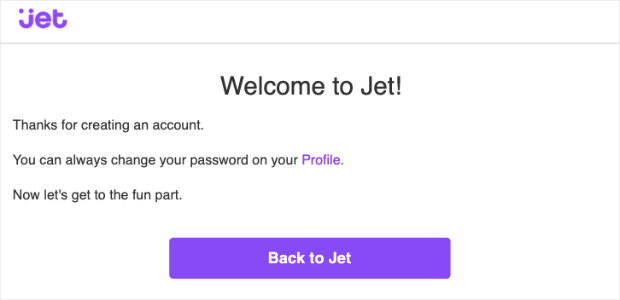
Learn more about how to write transactional emails that can grow your business.
Confirmation Emails
Confirmation emails verify or confirm an action taken by the recipient. You can send confirmations for subscribing to a newsletter, registering for an event, or buying a product. Confirmation emails typically contain details of the action. They may also provide other instructions or information.
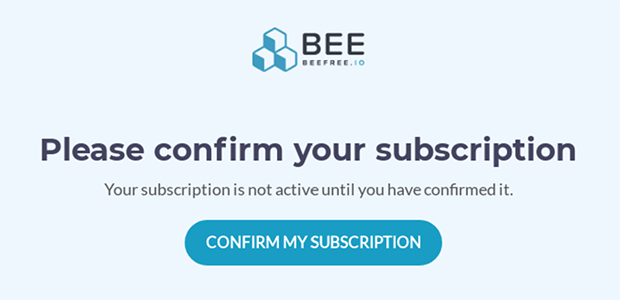
Read about best practices and examples of outstanding confirmation emails.
Step 4. Create and Design Your Email
No matter what type of email campaign you choose to send, there are a four important elements of an email campaign you should include.
Subject Line and Pre-header Text
This subject line appears first in your subscriber’s inbox and should give the reader a reason to open the email.
The pre-header text sometimes appears next to the subject line in the subscriber’s inbox. It is shown even before the reader opens the email, and is another opportunity for you to persuade your reader to open the email.

Content
Most email marketing services provide a selection of ready-to-use, easily customizable templates. Or, you can choose a plain-text template if you’d like your email to appear more like it came from a single person, rather than a brand. We often use plain-text emails at OptinMonster to build relationships with our readers.
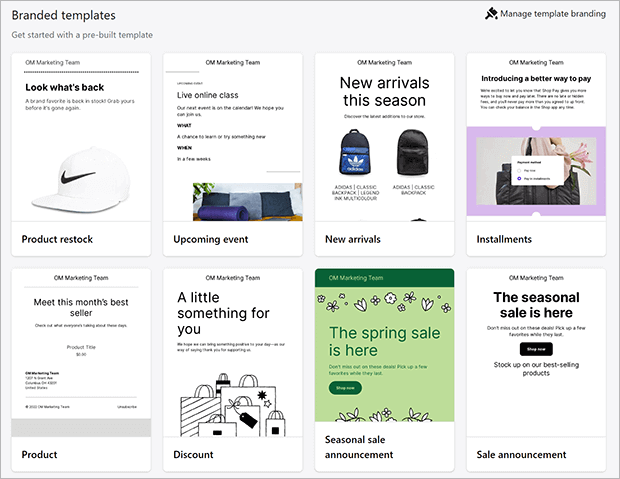
Call to Action (CTA)
Every email should share an action you’d like your reader to take after reading your email, called a “Call To Action” or “CTA.”

Some common CTAs include:
- Make a purchase
- Download a freebie
- Read a blog post
- Follow your brand on social media
- Forward this email to a friend
A good Call To Action can often make or break the success of an individual email. We teach how to create the perfect call to action in OptinMonster University (free with any OptinMonster subscription).
Subscription Management
At the bottom of every email, you should have a link to unsubscribe. Email marketing is a consent-based channel. It’s better to let uninterested subscribers leave your list than risk them sending your emails to the spam folder.
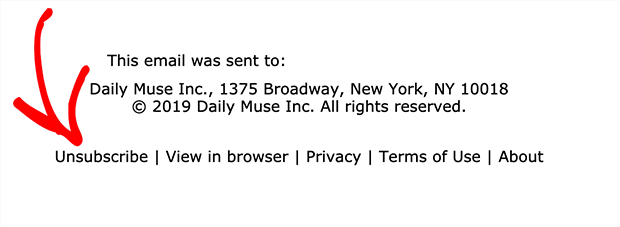
One way to reduce unsubscribe rates is to also include a link where people can manage their own subscriptions. Giving them a way to opt out of certain topics or hear from you less often shows that you value their experience.
This brings us to the last step in our guide: monitoring your progress.
Step 5. Track Email Marketing Metrics
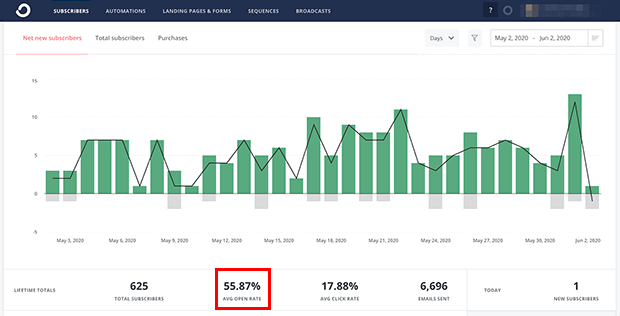
After sending your email, track and analyze key email metrics such as:
- Open rate: how many subscribers opened the email
- Click-through rates: how many subscribers clicked links in the email
- Conversion rate: how many subscribers made a purchase, filled out a form, or did some other conversion you want to track
- Unsubscribe rates: how many subscribers unsubscribed from an email
- Deliverability rate: how many subscribers received your email in their main inbox
Use this data to refine your future email campaigns and optimize your strategies.
I also recommend that you regularly clean your email list. Removing invalid or inactive email addresses improves deliverability. Keeping your list clean also ensures that you’re targeting an engaged audience.
Now that you know how to do email marketing, let’s take a look at some common challenges you might face and how to overcome them. I’m sharing these to help you not make the same mistakes I’ve made over the years.
Biggest Email Marketing Challenges (And How to Solve Them)
We have a full list of email marketing best practices you can read for more detail, but here are some of the most common challenges you might encounter, along with the solutions I used myself.
1. How to Build an Email List
The first challenge is finding people to whom to send emails. Fortunately, this is perhaps the easiest problem to solve!
Even if you have no subscribers, you can build an email list from scratch with email signup forms on your website.
Solution: To get more signups, make sure that visitors clearly understand the benefits of joining your list.
- Adjust your call to action to focus on the benefits, such as “Get your free guide now!”
- Use social proof by showing off how many people have already signed up for your list.
- Add your optin forms to these high-converting places for email signups for best results.
- Take inspiration from high-performing email signup forms.
For more ideas, check out our top list-building tools and ways to build your email list for free.
2. How to Make Sure Emails are Delivered
If getting people on your list is the FIRST challenge, making sure the emails you’re sending actually land in their inbox is the hardest. Average deliverability rates hover around 81%, which means up to 20% of your emails may never even make it to your subscriber’s email client! This is especially relevant with Gmail’s updated requirements for bulk sending in 2025.
Solution: Follow email deliverability best practices to make sure your emails make it into the right inbox.
- Avoid spammy words that trigger spam filters. These might include words like “click,” “free,” “trial,” “cost,” “cheap,” “prize,” or unusual capitalization and punctuation.
- Clean your email list regularly to remove inactive subscribers.
- Segment your emails so that subscribers get content they actually care about.
- Provide ways for users to manage their own subscriptions instead of unsubscribing or reporting as spam.
- Ensure you’re following Gmail’s advice for bulk sending.
I highly encourage you to review the email deliverability best practices above. It’s a painful feeling to find out your hard-work crafting the perfect email was wasted when your emails didn’t land in the inbox (trust me, I learned this lesson the hard way!)
3. How to Improve Email Open Rates
The average open rate for emails is around 21%. There are plenty of ways that you can improve your email open rates.
Solution: Write and send high-quality emails. Everything from the email subject line to the email template design should be a valuable, pleasant experience for subscribers. If you can convince them to open one email, they’ll be more likely to open future emails.
- Make your subject line exciting and informative enough for people to click on. Remember that the job of the subject line is to get readers interested enough to open the email.
- Keep your subject line length short and easy to understand.
- Use preview text to provide extra insight into what’s in your email content.
- Improve your email copy by thinking back to your goal-setting. What information, skills, or products do your customers need to solve their problems? Deliver content that helps address those issues.
- Optimize your email design, especially for mobile devices. Use visuals wisely and make sure they show up well on different screen sizes. You can also make mobile optins that show up well on smaller device sizes.
4. How to Boost Email Conversion Rates
Let’s say you’re getting a healthy number of signups. Subscribers are receiving and opening your emails. But no one is clicking or buying.
You aren’t alone. The average email conversion rate in a study by Klaviyo ranged from just 0.1% to over 3%.
Solution: Improve your conversion rates by tuning into what your audience needs and wants.
- List segmentation means dividing your list into different groups. You can then send each group more targeted messaging that should improve your conversion rates. Learn about different ways to segment your email list and see what works best for your business.
- Personalized email content goes beyond saying, “Hey, FIRST NAME!” You could send product recommendations based on past purchases. Other personalization techniques include sending location-specific offers or content based on demographics. When subscribers receive personalized emails, customer loyalty is likely to increase.
- A/B testing your email newsletters can help you find the most effective subject lines, content, email templates, and CTAs. Many email service providers have split testing functionality built in.
5. How to Scale Email Marketing
So what if your email marketing strategy is working pretty well, but takes more time than you have?
Creating personalized content for a few segments is one thing. But as you add more subscribers, offers, and promotions, your email marketing will get more complex. Fortunately, we have strategies and resources to help you scale.
Solution: Work smarter, not harder. Build on what already works in your own email marketing or strategies that others have proven.
- Add or expand email automation. For example, you could set up an abandoned cart email series that encourages shoppers to finish their purchases. There are plenty of email marketing automation tools to make this easier. Check out our complete guide to eCommerce email marketing automation for more information.
- Use templates, examples, and best practices. Use these email marketing templates, copywriting templates and formulas, and best sales email subject lines for inspiration.
6. How to Run Email Campaigns in Multiple Languages
We are living in a more globalized world than ever before. This presents many opportunities to tap into foreign markets and expand your business activities. Since we recognize the amazing growth potential that email marketing campaigns present, why not multiply that potential by reaching a global audience in their native languages?
The “Can’t Read, Won’t Buy – B2C” study, which surveyed over 8,000 consumers in over 29 countries, revealed that 65% of respondents prefer content in their native language. Moreover, 40% of respondents said that they would not purchase a product or service if it was not offered in their language.
So how do you make sure you don’t miss out on such a large percentage of your potential customers?
Solution: Collect and segment your multilingual leads for multilingual campaigns.
- By using OptinMonster with WPML, you can display popups in multiple languages and collect leads with data about their language preferences.
- Segment your leads based on language and target them in culturally appropriate multilingual campaigns using your preferred email marketing integration.
As a result, you will expand your campaign reach, enhance customer engagement, improve customer loyalty, and have an advantage over competitors who don’t employ multilingual strategies.
Frequently Asked Questions About Email Marketing (FAQs)
When is the best time to send a marketing email?
The best time to send a marketing email is between 9 AM to 12 PM on Monday, Tuesday, and Wednesday, according to a HubSpot study. Test different times to find when your audience is most active and engaged. I’ve found these times to be true for our companies, too.
What is a good open rate for email marketing?
A good open rate is between 15% and 25%, but it varies by industry. Focus on improving engagement and personalization. I like to tell people a good open rate is the one that’s better than the one you’re getting now – there is always room to improve!
How often should I send marketing emails?
Send emails at a consistent frequency without overwhelming subscribers. Start with once a week or bi-weekly and adjust the timing and number of emails based on feedback and engagement metrics.
What email metrics should I track?
Track open rates, click-through rates, conversion rates, bounce rates, and unsubscribe rates. You should also track deliverability, spam complaints, and list growth rate.
What is the difference between single opt-in and double opt-in?
Single opt-in immediately adds subscribers to the list. Double opt-in requires confirmation via a verification email. Double opt-in ensures higher quality but may result in fewer subscribers. Consider your business goals, customer preferences, and local regulations such as GDPR.
Email Marketing Case Studies
Now you have all the knowledge you need to use email to grow your business! I’ve gone over:
- basic email marketing vocabulary and definitions
- different email marketing platforms you can use
- a step-by-step guide for how to do email marketing
- pro tips to take your email marketing to the next level
Email marketing isn’t something you set and forget, even with the power of automated workflows. You always want to be testing and refining your strategy. So I recommend bookmarking this page so you can come back later whenever you need to explore the resources I’ve shared.
I want to leave you with some encouraging case studies of companies just like yours who grew their email lists using the principles shared in this Beginner’s Guide to Email Marketing. They have been nice enough to share their entire strategy, complete with screenshots of their email optins, and data about how they improved. You’ll learn how you make money from email marketing in every case study.
- How Nick Gray Increased Conversions by up to 1000% With Smart Opt-in Popups
- How PortraitFlip Converts Over 3% of Its Mobile Traffic into Leads
- How Medstar Media Increased Their Clients’ Conversions by 500%
There’s a lot of money to be made with email marketing. Whether you’re a blogger, affiliate marketer, an eCommerce store, or an online business, I and my team here at OptinMonster are here to help you win every step of the way.
Best wishes for your success,
Syed Balkhi

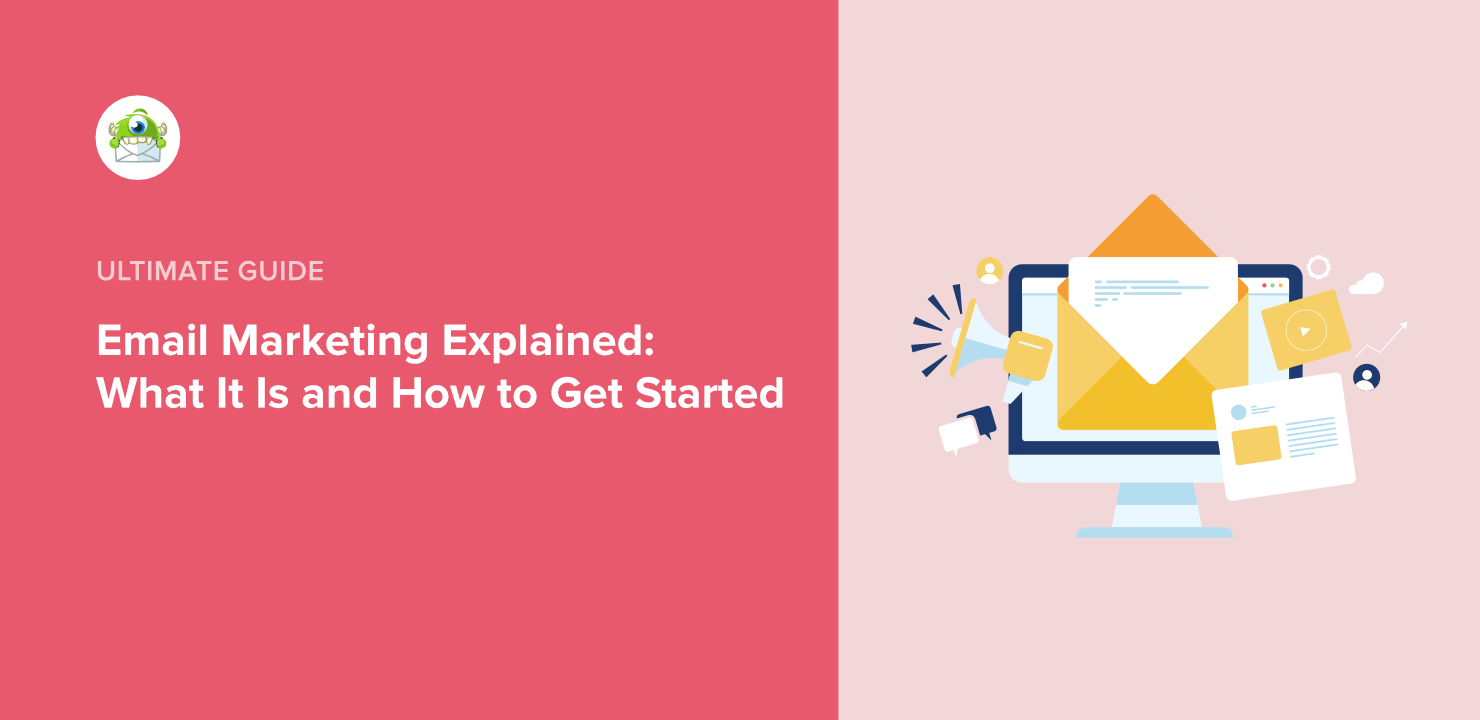
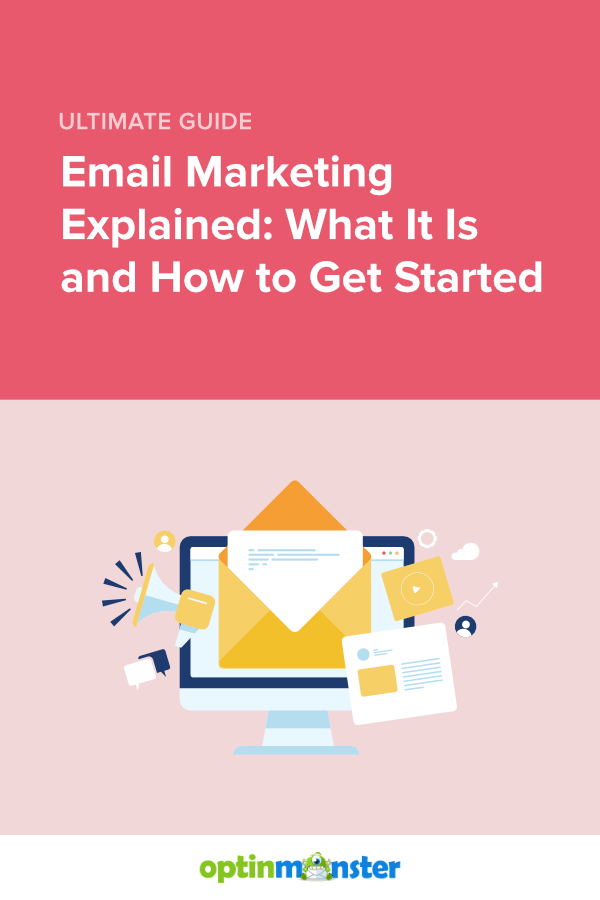








Add a Comment